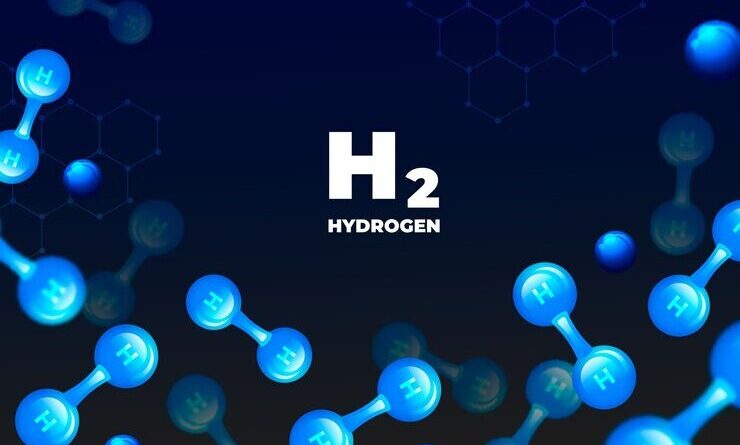hcooch ch2 h2o: Understanding Its Composition and Uses
The combination of chemical symbols and formulas such as hcooch ch2 h2o often sparks curiosity due to its complex appearance. Although this specific sequence may seem confusing at first glance, it represents an intriguing area of chemistry involving organic molecules, functional groups, and water interactions. In this article, we’ll explore what hcooch ch2 h2o means, its scientific significance, applications, and related chemistry concepts.
Deciphering the Composition: What Does hcooch ch2 h2o Mean?
Breaking down hcooch ch2 h2o involves understanding chemical notation. The sequence appears to reference a combination of organic compounds and water molecules.
- HCOOCH indicates a form of ester or carboxylate compound, specifically methyl formate (HCOOCH₃).
- CH₂ stands for a methylene group, a fundamental building block in organic chemistry.
- H₂O is water, a universal solvent and reactant in countless chemical reactions.
While hcooch ch2 h2o isn’t a standard chemical formula, it seems to reflect a structural representation, possibly describing an ester (HCOOCH₃), a methylene fragment (CH₂), and water (H₂O). This could relate to chemical processes involving ester formation or hydrolysis.
The Role of Esters and Water in Organic Chemistry
Esters are organic compounds resulting from the reaction between a carboxylic acid and an alcohol. The general formula for esters is R-COO-R’, where R and R’ are hydrocarbon groups. Methyl formate (HCOOCH₃) is a simple ester with industrial relevance.
Water plays a pivotal role in esterification and hydrolysis:
- Esterification (forming esters): Involves reacting a carboxylic acid with an alcohol in the presence of an acid catalyst to form an ester and water.
- Hydrolysis (breaking down esters): Water reacts with an ester to produce the original acid and alcohol, often in the presence of an acid or base catalyst.
Understanding this dynamic is essential for fields like organic synthesis, pharmaceuticals, and polymer chemistry.
Possible Interpretations of hcooch ch2 h2o in Chemical Reactions
Given the elements involved, hcooch ch2 h2o could be referencing a reaction pathway or a molecular structure involving:
1. Ester Hydrolysis
In ester hydrolysis, water reacts with an ester (such as methyl formate) to revert to the acid and alcohol:
HCOOCH3+H2O→HCOOH+CH3OHHCOOCH3+H2O→HCOOH+CH3OH
Here, the CH₂ fragment might be part of a larger organic structure interacting with water during a reaction process.
2. Synthesis of Organic Molecules
It could also describe a reaction involving the formation of methyl formate from formaldehyde derivatives and water, relevant in manufacturing or laboratory synthesis.
3. Structural Representation
Alternatively, it might symbolize a complex molecular structure or a shorthand notation for a specific compound or mechanism involving water and organic groups.
Applications and Importance in Industrial and Laboratory Settings
Understanding the interactions denoted by hcooch ch2 h2o is essential in several scientific and industrial applications:
1. Organic Synthesis
Control over esterification and hydrolysis reactions allows chemists to manufacture polymers, plastics, and pharmaceuticals efficiently.
2. Environmental Chemistry
Monitoring ester and water interactions helps in assessing pollution, biodegradation, and environmental impact of chemicals.
3. Analytical Chemistry
Techniques such as spectroscopy and chromatography often analyze reactions involving esters, water, and other organic molecules.
4. Food and Beverage Industry
Water and ester chemistry play roles in flavor development, preservation, and stable formulations.
Challenges and Considerations in Handling Such Compounds
Working with esters, water, and related organic molecules requires careful control of reaction conditions:
- Temperature and pH: Influence hydrolysis and esterification rates.
- Catalysts: Acid or base catalysts accelerate reactions.
- Purity: Impurities can lead to unwanted side reactions.
Precise understanding of the chemical behavior of these compounds ensures safety, efficiency, and product quality.
Read More: Skinpres T: Your New Obsession Starts Now
Related Chemistry Concepts and Future Directions
The notation hcooch ch2 h2o hints at broader themes in organic and physical chemistry:
- Reaction mechanisms: Pathways involving ester formation and breakdown.
- Molecular structure analysis: Using spectroscopy to determine structures involving similar groups.
- Green chemistry: Developing environmentally friendly methods to manipulate such compounds.
Future research may focus on sustainable synthesis methods, biodegradable esters, and novel applications of water-organic interactions.
Conclusion: The Significance of Decoding Chemical Notation
Though hcooch ch2 h2o may initially appear as a confusing string of symbols, understanding its components reveals vital insights into ester chemistry, water reactions, and organic synthesis. Recognizing how these molecules interact is fundamental to advancing scientific research, industrial applications, and environmental science.
If you’re delving into organic chemistry, familiarizing yourself with these concepts and their representations will enhance your understanding of complex reactions and molecular structures. Whether in academic studies or practical applications, mastering the chemistry behind these symbols is a step toward scientific literacy and innovation.
